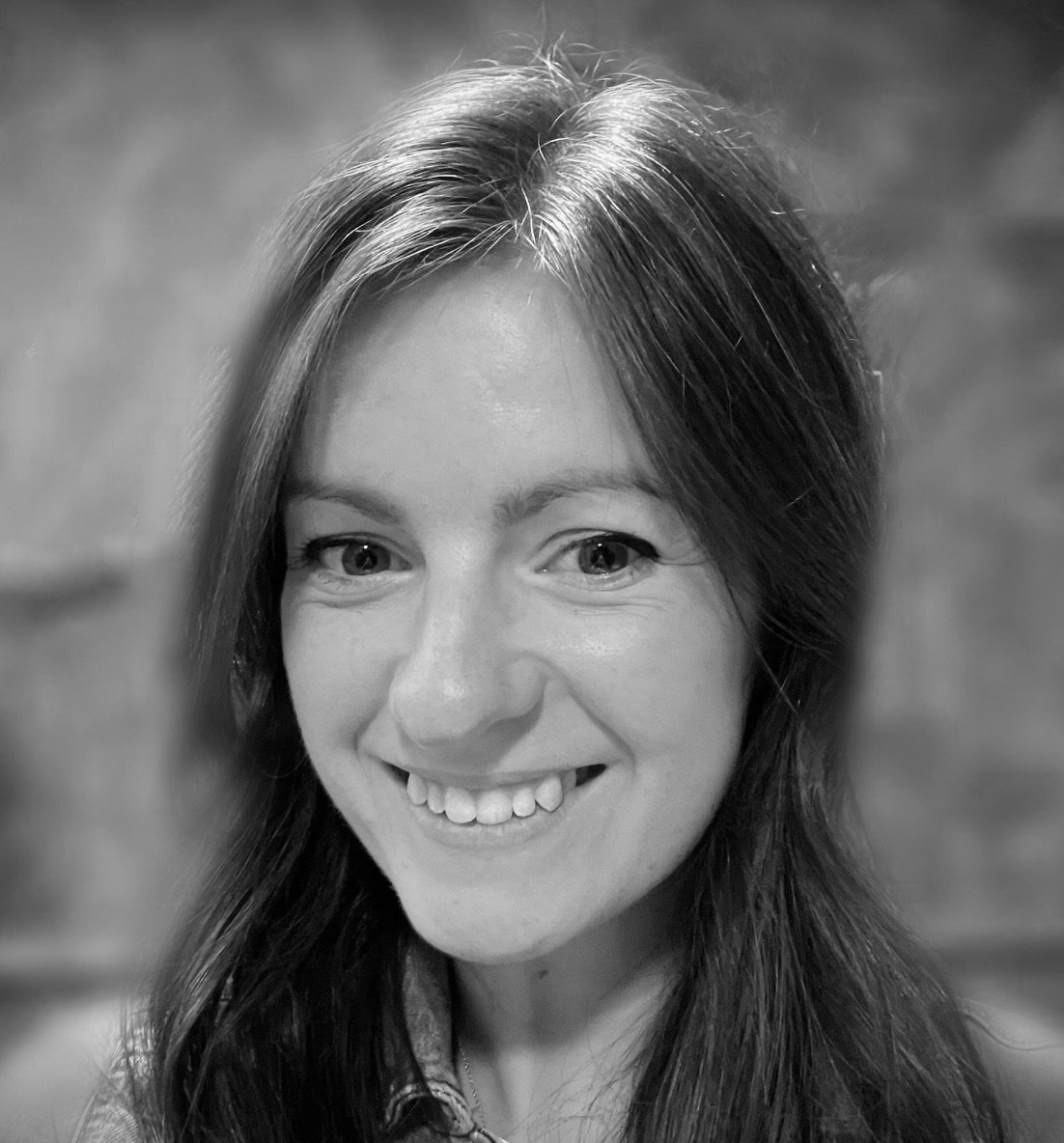Syllabus Edition
First teaching 2024
First exams 2026
The 4 Mark "Explain One Way" Question (Edexcel GCSE History) : Revision Note
Summary of Question 3
Question 3 requires you to identify and explain one way in which two events or developments were similar or different
Amount of marks | 4 |
|---|---|
The time that you should spend on the question | No more than 5 minutes |
An example of the type of question you may encounter can be seen below:

In previous years, this question has focused on the following topics in Crime and Punishment in Britain:
Year of Exam | Question Topic |
|---|---|
2018 | |
2019 | The treatment of the Tolpuddle Martyrs and Conscientious Objectors during the First World War |
2020 | |
2021 | |
2022 | |
2023 | The treatment of young criminals |
How to explain how historical events & developments are similar and different
The thematic study tests you on the way that you explain continuity and change over time
To help you to do this, remember that:
The thematic study is divided into four different time periods. A question could:
Select any two of these four periods
Focus on two events or developments from across the four time periods
Compare a common area across two periods, for example, punishment
Consider using the key themes of types of criminal activity, law enforcement and punishments to help you explain the similarities and differences between the two time periods
How to answer a "Explain one way" question
When answering an "Explain one way" question, you need to:
Read the question carefully
Include specific and relevant knowledge
This information should come from both time periods given in the question
Make a direct comparison between the two events or developments
For the example answer, a direct comparison is that, in c1500-c1700 a crime against property was poaching. However, in the years c1900- present day, a crime against property is identity theft
Explain how the two events or developments are similar or different
Only explain one similarity or difference, as stated in the question
To access Level 2 (3-4 marks), you must:
Show good knowledge and understanding of both periods outlined in the question
Explain the similarity or difference of the event or development outlined in the question
"Explain one way" question structure
Your answer should consist of:
Specific and relevant knowledge about the topic to support the comparison
Explanation of the similarity or difference outlined in the question
Your answers could be written in a PEE paragraph:
P- Make a point about the question
E- Include knowledge to support the point you have made (K)
Focused on the two developments or events mentioned in the question
Show knowledge to demonstrate similarities or differences between the two people or events
Use phrases like ‘similarly’ or 'whereas' to compare the two developments or events directly
Evidence must be from the time periods outlined in the question
E- Explain the question (SOC)
Focus on the key demands of the questions
Explain why they are different or similar
There are four marks available for this question:
2 marks for your analysis of a similarity or difference between the two given time periods (SOC)
2 marks for specific knowledge of each time period (K)
Worked example of a "Explain one way" question
Worked Example
Explain one way in which crime against property in c1500-c1700 was different from crime against property in c1900-present.
(4)
Answer
One way in which crime against property in c1500-c1700 was different from crime against property in c1900-present is how the crime is carried out (SOC). In c1500-c1700, crime against property included poaching and petty theft. The criminal would have to physically trespass on another person's property or go into a physical building to commit these crimes (SOC). However, in the present day, crime against property typically occurs from a remote location via the Internet. This is called cybercrime and includes crimes such as identity theft. Therefore, these crimes are different because one is carried out in person, and the other is carried out remotely (SOC).

You've read 0 of your 5 free revision notes this week
Sign up now. It’s free!
Did this page help you?

